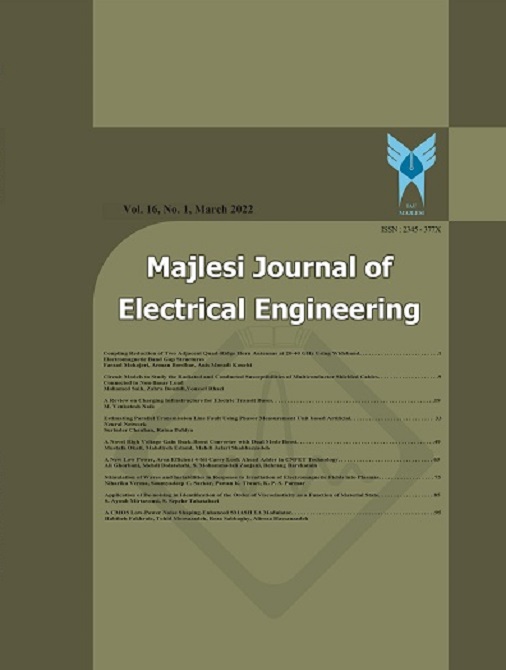[1] J. A. Anderson and E. Rosenfeld, Neurocomputing: Foundations of research. MIT Press, Cambridge. 1998.
[2] R.J. Duro, M. Graña and J. de Lope, “On the potential contributions of hybrid intelligent approaches to multicomponent robotic system development”, Information Sciences 180 (4), pp 2635-2648, Jul. 2010.
[3] T.B. DeMarse, D.A. Wagenaar and S.M. Potter, “The Neurally Controlled Animat: Biological Brains Acting with Simulated Bodies”, Autonomous Robots 11, pp. 305-310, 2001.
[4] A. Novellino, P. D’Angelo, L. Cozzi, M. Chiappalone, V. Sanguineti and S. Martinoia, “Connecting Neurons to a Mobile Robot: An In Vitro Bidirectional Neural Interface”, Computer Intell. Neurosci 2007, pp. 1-13, doi: 10.1155/2007/12725.
[5] H. Bading and M. E. Greenberg, “Stimulation of protein tyrosine phosphorylation by nmda receptor activation”, Science 253 (5022), pp. 912–914, Aug. 1991.
[6] I. Antonov, I. Antonova and E. R. Kandel, “Activity-dependent presynaptic facilitation and hebbian LTP are both required and interact during classical conditioning in aplysia”, Neuron 37(1), pp. 135–147, Jan. 2003.
[7] Y. Jimbo, H. P. Robinson and A. Kawana, “Strengthening of synchronized activity by tetanic stimulation in cortical cultures: application of planar electrode arrays”, IEEE Transactions on Biomedical Engineering 45(11), pp. 1297–1304, Nov. 1998.
[8] E. Robbins, MultiChannel Systems. Available: www.multichannelsystems.com.
[9] D. A. Wagenaar, J. Pine and S. M. Potter. “An extremely rich repertoire of bursting patterns during the development of cortical cultures”, BMC Neuro-science, 7:11, Feb. 2006.
[10] J.M. Ferrandez, V. Lorente, F.J. Garrigos and E. Fernandez, “A Biological Neural Network for Robotic Control - Towards a Human Neuroprocessor”, IJCCI 2009, pp. 508-513, 2009.
[11] J.M. Ferrandez, V. Lorente, G. Diaz, F. delaPaz and E. Fernandez, “An Open-Source Real-Time System for Remote Robotic Control using Neuroblastoma Cultures”, WCCI 2010, pp. 901-908, 2010.
[12] V. Braitenberg, Vehicles: Experiments in Synthetic Psichology. MIT Press, Cambridge. 1984.
[13] J.M. Ferrandez, V. Lorente, J.M. Cuadra, F. de la Paz, J.R. Álvarez-Sanchez and E. Fernandez, “A Biological Neuroprocessor for Robotic Guidance using a Center of Area Method.”, NeuroComputing (2010), doi: 10.1016/j.neucom.2010.07.018
[14] J.R. Álvarez-Sanchez, J. Mira Mira, F. de la Paz Lopez and J.M. Cuadra Troncoso, "The centre of area method as a basic mechanism for representation and navigation", Robotics and Autonomous Systems 55(12), pp. 860-869, Dec. 2007
[15] J.R. Álvarez-Sanchez, F. delaPaz, J.M. Cuadra and D. de Santos. “Reactive Navigation in Real Environments Using Partial Center of Area Method”, Robotics and Autonomous Systems (2010), doi: 10.1016/j.robot.2010.09.003
[16] J.R. Álvarez Sanchez, F. delaPaz, J.M. Cuadra and J. I. Rosado, “Partial Center of Area Method Used for Reactive Autonomous Robot Navigation”, Bioinspired Applications in Artificial and Natural Computation, 5602, pp 408-418, Jun. 2009.

